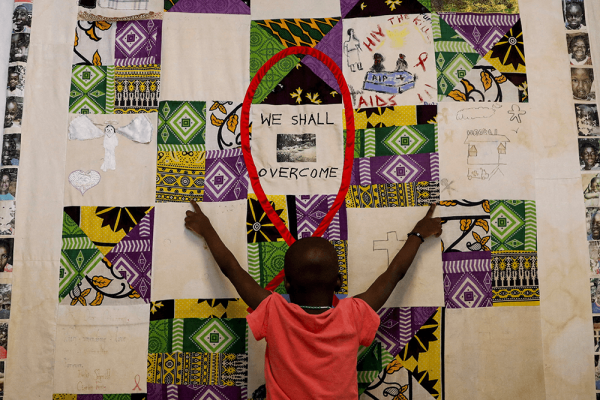Apr 7, 2025
Steve Hoyt didn’t go to the Amecet children’s home in Soroti, Uganda, looking for a child to adopt. The missionary, engineer, and father of two went to the home for orphaned and abandoned children run by the Christian organization Youth With A Mission, to check on a child as a favor for an employee. While he was there, he noticed a baby — he guessed she was about 18 months old — languishing despite the care of the nurses.
Read the Full Article

Already a subscriber? Login
